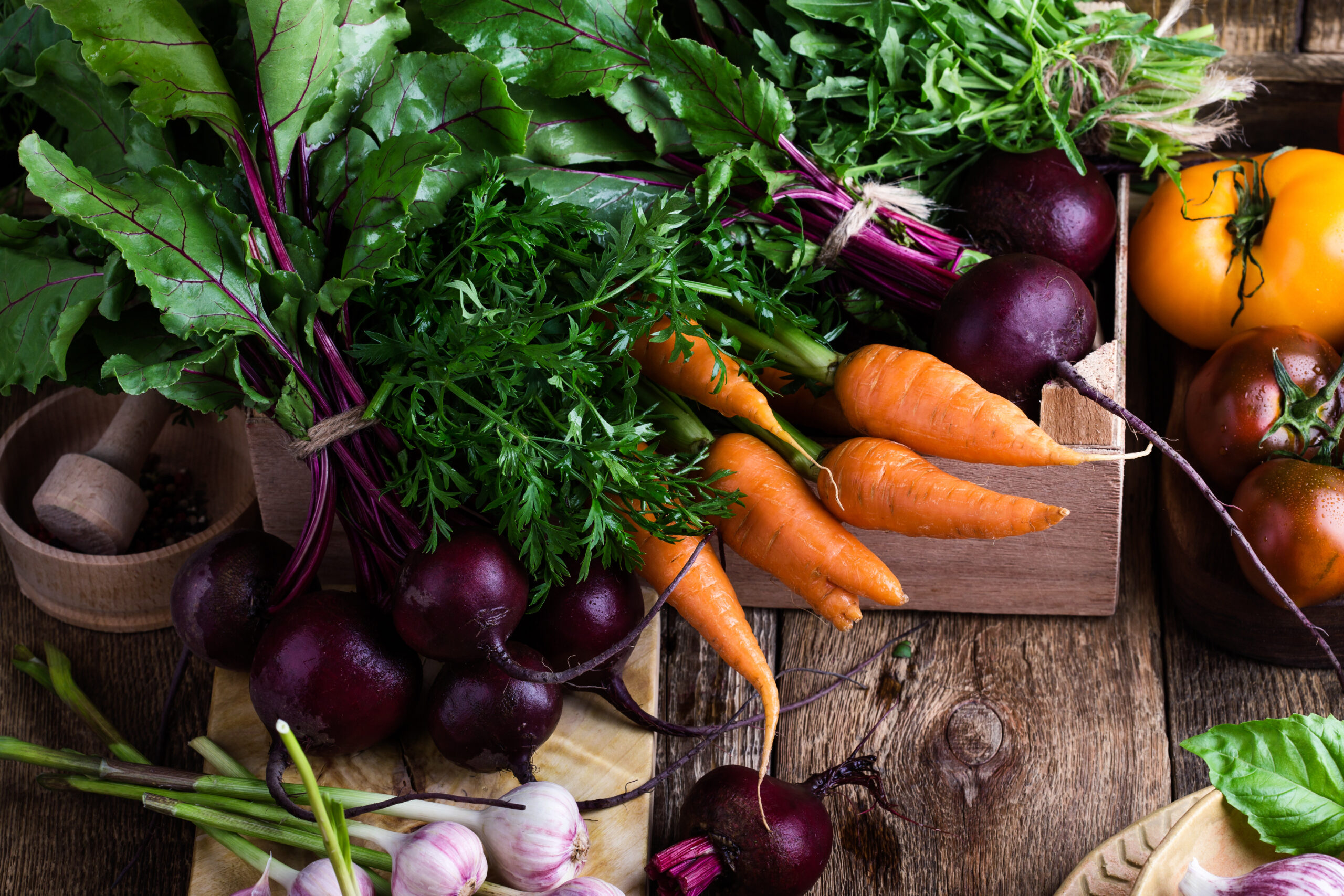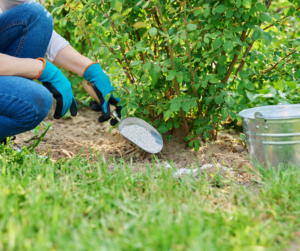5 Successful Tips for Growing an Indoor Garden

When most people think of gardening, they imagine a sunny spot in their yard with fresh air and plenty of room to work. But what if you don’t have a yard? Or what if the weather is too hot or cold in your area to garden outdoors? Indoor gardening is a great alternative for people who want to grow their own plants, but don’t have the space or climate for an outdoor garden. There are many types of plants that can be grown indoors, so you can have fun growing your favorites inside or trying to grow something new. Ready to get started? Read on to learn the different considerations for growing an indoor garden.
Ways to Grow Indoors: Your Considerations
Location
When it comes to growing plants indoors, your location is probably one of the most important considerations because lighting is a crucial factor for the health and well-being of your plants. Without the proper lighting, you may not be able to grow anything at all. The types of light that are most beneficial for indoor plant health are natural sunlight or full-spectrum LED grow lights. Most plants prefer east-facing windows where they get plenty of indirect light. If you are going the LED route, make sure they are near enough to your plants so they can reap the benefits—but not too close so as to burn or damage your plants!
What Plants You’ll Grow
Whether you want to brighten up an area with a few succulents or aim for something more ambitious with fruits and veggies, all kinds of plants can be grown indoors. After scouting out your home for usable locations, you can choose which plants you’d like to grow. As you know, the amount of light is one of the most important factors. If you do have that east-facing window, you can choose a plant that thrives in the sun. If you’re stuck with windows that get less light, find some shade-loving ones for the space if you decide against LED lights. There are a few other considerations when choosing what plant you’ll grow indoors:
- Do you want an edible plant or one for ambiance and fun?
- How big of a space does your plant need to grow?
- Do you plan on moving the plants outdoors eventually?
- Are you looking for a challenging plant to care for (we’re looking at you, Azaleas), or do you need something easy to grow like basil?
- What kind of containers fit in your space?
Media Choice
Now that you’ve determined where you can grow in your home and the plants you’re ready to nurture, you need to decide what growing media you’d like to use.
Soil or Soilless Media
The most common way to grow plants is with soil or soilless media mixes. A soil mix starts with soil, while a soilless mix, as the name suggests, is a mix of growing media that replace soil. These methods are great for growers just starting out and those who have been using their green thumb for a while. Both allow you to grow a variety of plants.
Why it’s great:
- It’s easy and beginner-friendly! Using soil or soilless media mixes is one of the simplest ways to grow a variety of plants.
- Head to your local garden store and you’ll see the soil aisles have many reasonably priced options that can suit anyone’s budget.
- With these growing media, you have the option to grow naturally and organically.
Why you might not like it:
- Comparatively, the yield isn’t as great as other growing media like hydroponics.
- If there is any organic matter included, your plants are at a higher risk of pest infestations, disease, mold, and fungus.
- Compared to hydroponic growing, you’ll need to wait longer to see results, and you might miss problems.
- With so many options, so you’ll need to shop around for the right one for your growth goals and needs.
Hydroponically
A hydroponic system is one that allows you to grow in water without the support of soil. Fortunately for your plants, there’s more that goes into a hydroponic system than just water. Many growers use hydroponic media to support roots and maintain the correct oxygen-to-water ratio, and there are several options to choose from depending on the type of setup you’d like to create.
Why it’s great:
- Your plants will grow large and fast, providing a significant yield.
- There are many ways to customize your growing environment allowing you to get creative with your setup. In some systems, plants are suspended above the tanks, and the roots reach down into the water/nutrient solution. In other systems, plants are supported in pots filled with hydroponic growing media like perlite, clay, or rockwool.
- If you have a recirculating system, you don’t need to feed your plants as often as you do with other growing methods.
- There is a low risk of pests and soil-based diseases because of the controlled environment.
- You have greater control over the pH and nutrient levels than with soil or soilless options.
Why you might not like it:
- This is much more difficult than growing using a soil or soilless mix.
- A hydroponic setup is more expensive than using a soil or soilless mix.
- Hydroponic systems require upkeep. You should expect to empty your tank and clean the system periodically.
Grow Great Indoors with Harvest Hero Hydroponic Perlite.
We know indoor plants have great success growing hydroponically and using soil media mixes, so we developed our Hydroponic Perlite to support both growing methods. Our Hydroponic Perlite is a medium-grade, 100% sterile horticulture perlite that is OMRI listed. Get ready to grow great:
- Allows for greater air availability.
- Provides superior water drainage.
- Holds nutrient-enriched water and distributes evenly.
- Regulates pH fluctuations.
- Increases yields.
Get started growing indoors and purchase your bag of Hydroponic Perlite today. Get FREE SHIPPING on a 24 qt. bag from 12/12/2022 – 12/31/2022. Use code: DEC22.



